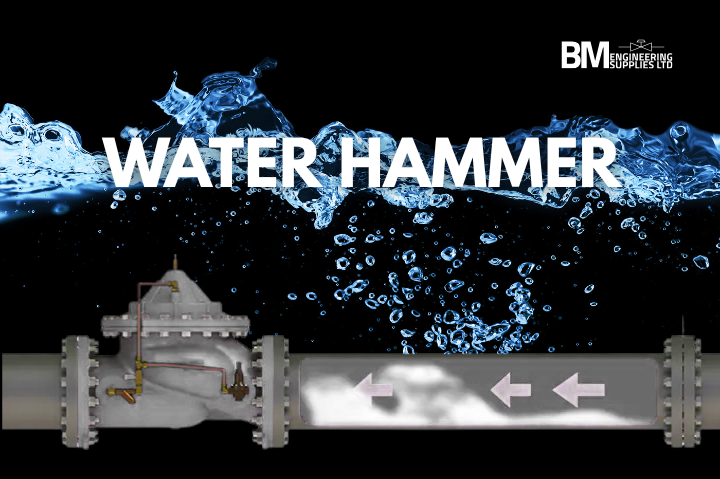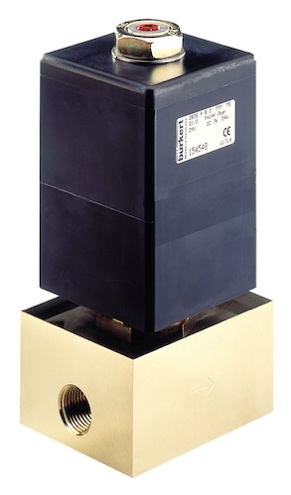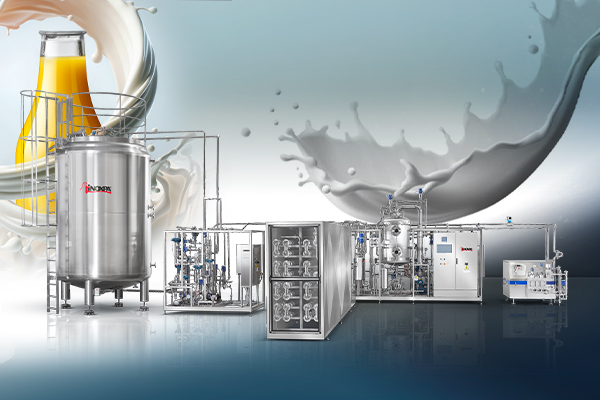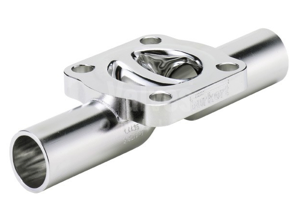
How to Prevent Water Hammer in Piping Systems
How to Prevent Water Hammer in Piping Systems: Causes, Effects & Effective Solutions
Water hammer—also known as hydraulic or fluid hammer—is a significant issue in closed piping systems. It occurs when fluid flow is abruptly stopped or redirected, creating dangerous pressure surges. These surges can cause loud banging, vibrations, and even damage to pumps, valves, and pipework. Preventing water hammer is essential to protect your system from costly downtime and failures.
What Causes Water Hammer?
According to Bürkert, water hammer is triggered when liquid flow changes suddenly. In extreme cases, pressure waves can travel through pipework at speeds of up to 1,200 m/s. Common causes include:
- Fast-acting valve closures
- Sudden pump starts or stops
- Power failures leading to abrupt flow changes
- Poorly designed piping with bends, elevation changes, or sharp transitions
- Trapped air or inadequate pressure buffers
The Effects of Water Hammer
If ignored, water hammer can cause severe mechanical stress and equipment failure. Typical consequences include:
- Leaks at joints or seals
- Damaged valve seats and discs
- Cracked pipelines or bent shafts
- Flattened O-rings and seals
- Pump impeller or bearing damage
How to Prevent Water Hammer
Fortunately, there are proven ways to reduce or eliminate water hammer in piping systems. Bürkert recommends several strategies, many of which BM Engineering can support with specialist valves and components.
1. Use Valves That Close Against Flow
Angle-seat and full-way valves that close in the opposite direction of flow help to cushion sudden changes. This reduces pressure surges and prevents shockwaves in the system.
👉 Explore globe valves here
2. Install Adjustable Actuated Valves
Electromotive valves with adjustable closing speeds allow smooth, controlled operation. This eliminates the sudden shut-off effect responsible for water hammer.
👉 Discover actuated valve solutions
3. Use Diaphragm Valves for Hygienic Systems
In the biotech and pharmaceutical industries, diaphragm valves are an excellent choice. They are designed for sanitary applications and minimise surge risks while maintaining hygienic standards.
👉 Browse INOXPA hygienic diaphragm valves
4. Retrofit Existing Systems
Retrofitting with flow restrictors, double-acting actuators, or throttled exhaust air controls can slow valve closures and reduce surges.
👉 View our full valve range
5. Design Considerations for Steam Systems
For steam applications, good piping design is critical. This includes installing drain pockets, positioning Y-type strainers correctly, and using eccentric reducers to prevent condensate buildup.
👉 See our steam system solutions
Summary Table
| Strategy | Effect | BM Engineering Products |
|---|---|---|
| Valves closing against flow | Reduces sudden pressure surges | Globe valves |
| Adjustable Actuated valves | Controlled actuation speed | Actuated valves |
| Diaphragm valves | Reliable in hygienic environments | INOXPA valves |
| Retrofit solutions | Slows closure, reduces shockwaves | Valve range |
| Steam system design improvements | Prevents condensate slug formation | Steam equipment |
Conclusion
Water hammer is more than just a loud bang—it’s a warning sign of stress in your system. By selecting the right valves, upgrading system design, and utilising proven solutions, you can effectively prevent water hammer and extend the lifespan of your equipment.
👉 Browse BM Engineering’s full valve range today
📞 Contact our team for expert advice
Stay Connected
Follow BM Engineering on LinkedIn
Watch product insights on YouTube



